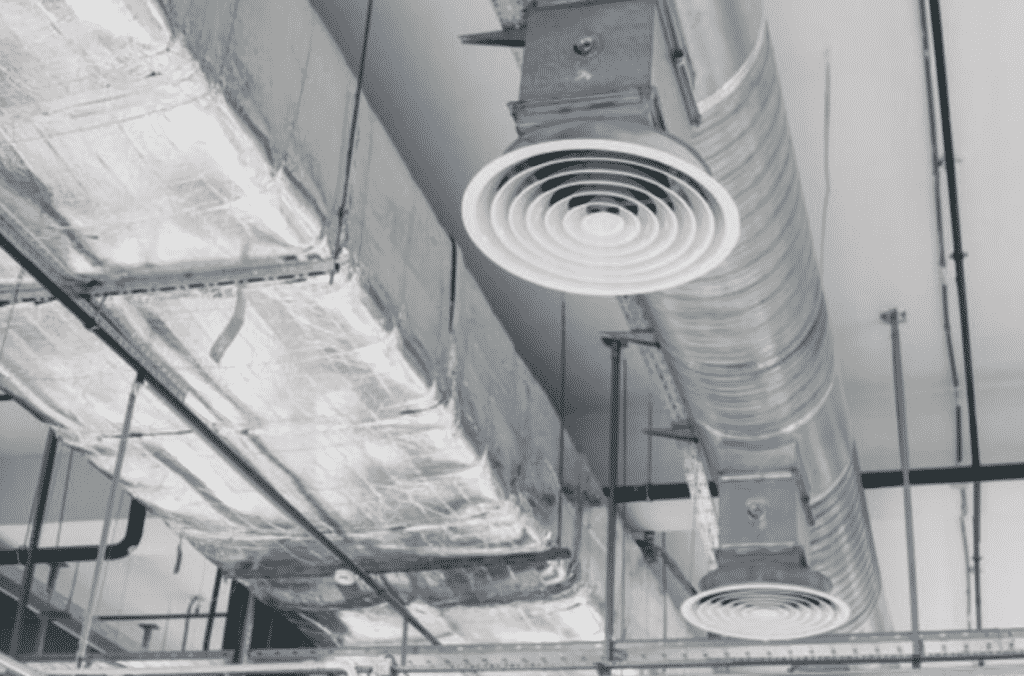If you’re looking for an efficient and reliable way to keep your home warm, a heat recovery ventilation (HRV) system is worth considering. As we discuss in more detail below, the increasingly popular solution offers numerous advantages. It can improve air quality, alleviate allergens, eliminate moisture and lower your energy costs.
How? The answer is less complicated than you might think. In fact, heat recovery ventilators are fairly simple systems. We’ll begin with a brief outline of all the key components. By the end of this guide, you should be able to determine whether a HRV is suitable for your home.
How an HRV Works
A typical heat recovery ventilator consists of a core unit, which is connected to blower fans and a series of channels for extracting and expelling air. While one pipe draws moist and stale air out of damp rooms, another brings in fresh air from outside.
Along the way, heat from inside is captured by the core unit so that it can be used to warm incoming air. This essentially creates a recycling process where up to 95% of heat is utilised instead of going to waste. The extraction and expulsion channels are also kept separate to prevent cross-contamination, ensuring a consistently clean supply of air.
Benefits
It’s easy to see why HRV systems are often considered valuable investments. Depending on your current heating setup, you’ll likely notice a significant decrease in your power bill after switching to heat recovery ventilation. The difference is especially striking when upgrading from an air conditioner or boiler.
This is due to how a HRV system operates. Its fans run continuously, but consume minimal electricity. A standard HRV uses as little as 13 watts of energy, which is comparable to a CFL light bulb. While your mileage may vary, savings of up to 30% on heating bills are commonly reported. Here are the advantages of having a HRV system:
- Clean and filtered air
- Less allergens and contaminants in rooms
- Lower risk of mould and mildew developing
- Reduced humidity and condensation
- Windows and doors can be kept closed
Also, heat recovery ventilation systems are compatible with both new and existing buildings. You can work with suppliers such as BPCVentilation.com to ensure a professional installation. They can even design a custom HRV system that fits the unique dimensions of your property.
Potential Drawbacks
Just like any home heating option, heat recovery ventilation systems may present a few challenges. The good news is that you can stay clear of these problems by knowing the right solutions. For example, fitment can be a concern for homeowners with limited space, but an installer can usually tailor the system to your requirements.
Of course, heat recovery ventilators are most effective in winter. During the warmer months, your HRV alone may not suffice when it comes to keeping your home cool. At the same time, you can always open a few windows instead.
As you can see, the few potential cons of HRV systems are overshadowed by the range of benefits. Perhaps it’s time you made the switch.
